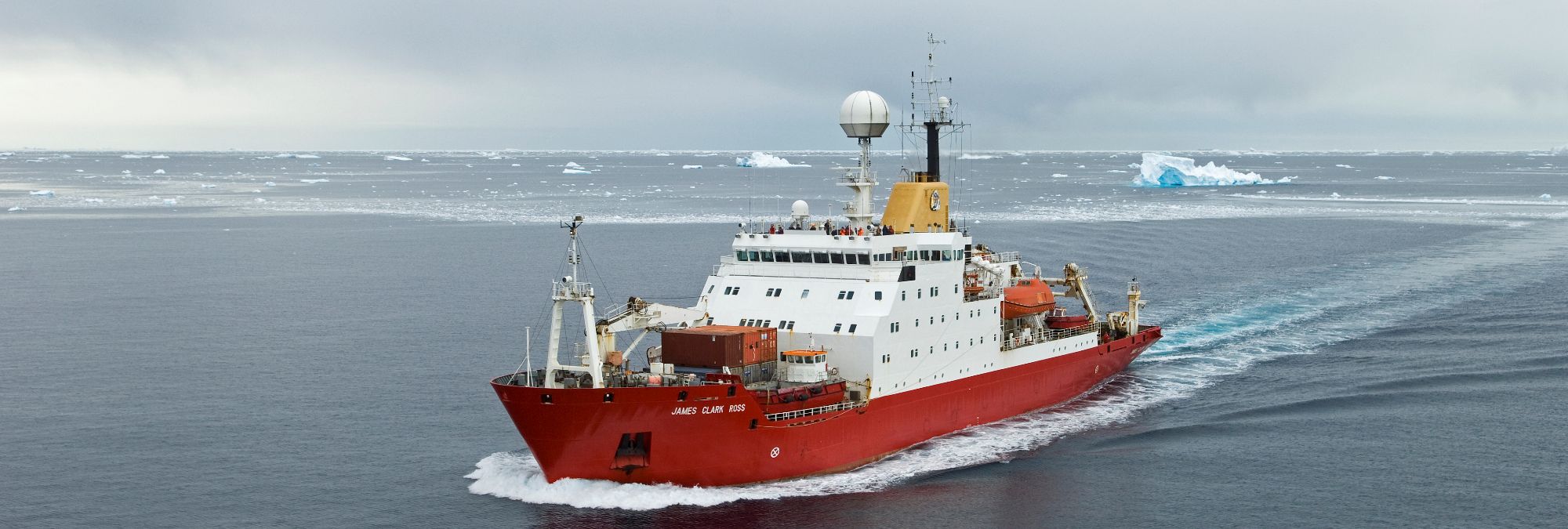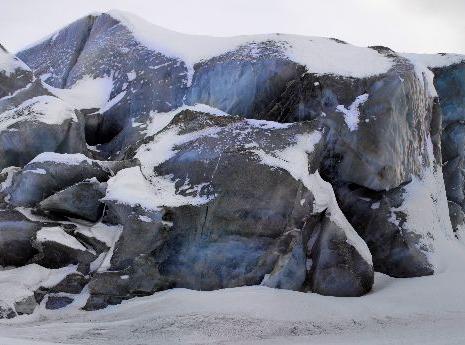Landslide-Tsunami
Landslide events within the ocean can be far larger than those on land and often generate tsunami events that can devastate coastlines thousands of miles distant. There have been several large submarine landslides in the Arctic in the last 20,000 years, the largest of which occurred off the coast of Norway and saw a volume of sediment collapse that would cover Scotland to a depth of 260 feet. The resulting tsunami is thought to have devastated Mesolithic human cultures living on the eastern shores of England and Scotland and may have destroyed a land bridge between England and Denmark.
The aim of this project is to investigate what causes such enormous landslides, what the impact of slides in different locations and of different magnitude would be on the UK and what the likelihood of such an event might be, given the significant scale of Arctic climate change. Dr Peter Talling and his team will be undertaking a four-week cruise in summer 2014 into the Norwegian and Greenland Seas on one of NERC’s research ships to map, sample and date the landslide deposits in Nordic Seas. Supplementing observations with models of the impact of current and future changes in the Arctic will yield a better understanding of the nature and magnitude of the risk to the UK of a major tsunami being initiated by an Arctic submarine landslide.
Landslide-Tsunami
Investigating the various ways in which Arctic climate warming could potentially influence the stability of marine sediment slopes and trigger underwater landslides.
Svalbard
View our interactive map
Given the timings of past slides, there is already a 5% probability of a major landslide occurring in the next 200 years. However, LANDSLIDE-TSUNAMI’s research is set to become even more relevant as the climate changes occurring in the Arctic could significantly increase this risk of large landslides and tsunamis. Rapid warming now being observed in Arctic waters could cause dissociation (breakdown through thawing) of gas hydrates (crystalline ice structures) buried in marine sediments so releasing the greenhouse gas methane previously trapped in the hydrate structure. This release of methane could be significant for climate change if it reached the atmosphere but the gas bubbling could also cause vast areas of sediment to slide catastrophically. A further means to destabilise marine sediment slopes is through the weight of ice sheets and glaciers being removed from parts of the Earth’s crust because of rapid ice melt which would trigger rebound and uplift of the depressed crust that was under the ice and cause earthquakes in the process.
To view the project's Facebook page click here.
Image credits: British Antarctic Survey, Norsk Hydro, Google Maps and British Geological Survey.

Dr Peter Talling, Lead Investigator
Dr Peter Talling is a geophysicist and geologist at the National Oceanography Centre with a particular interest in submarine sediment processes including sediment flow, landslides and resulting tsunamis, and the effects of such sediment processes on climate change.
While fieldwork plays a central role in Dr Talling’s research - he has worked in Montserrat in the Lesser Antilles and at the Cayman Trench in the Caribbean Sea – laboratory and flume experiments and numerical modelling are also crucial.
Besides rivers, submarine sediment flows are the main process (in terms of volume) by which sediment is transported. The latter transport greater quantities by far, but are less well understood - studying areas 1000s of metres beneath the sea is challenging at the best of times, after all!
Given the quantities of sediment moved by submarine flows, it is not surprising that resulting landslides are also far larger. What is surprising, however, is that they can occur on extremely low gradients of less than 2°; for reference, many professional-grade football pitches have a gradient of ~1° to aid drainage! The size of these landslides also means that they can generate tsunamis which threaten surrounding coastlines. The ARP’s LANDSLIDE-TSUNAMI project aims to evaluate the risk from such events to the UK.
Finally, Dr Talling is also interested in the effect submarine flows and their deposits have on climate change. The sediment deposits produced by large flows can be considerable stores of greenhouse gases, which may be released by landslides and by ocean warming.






